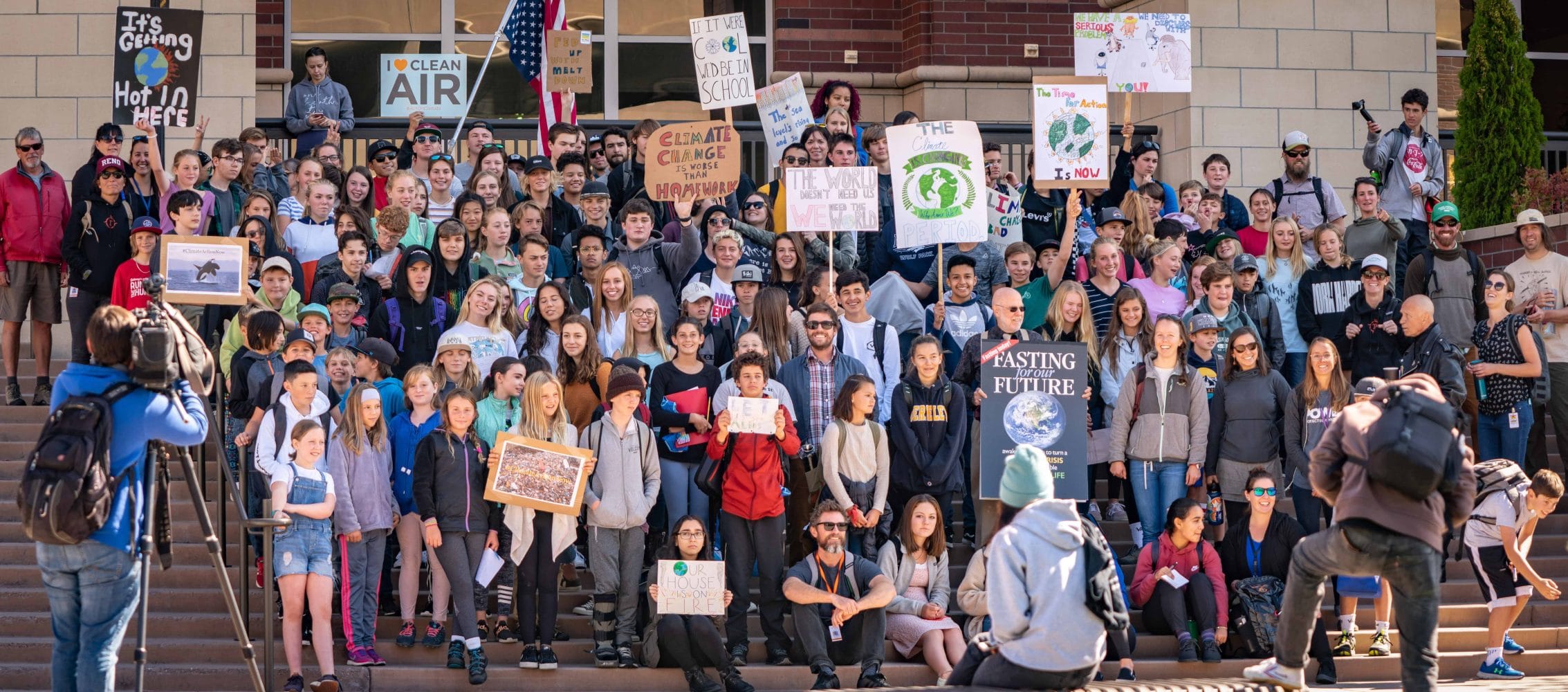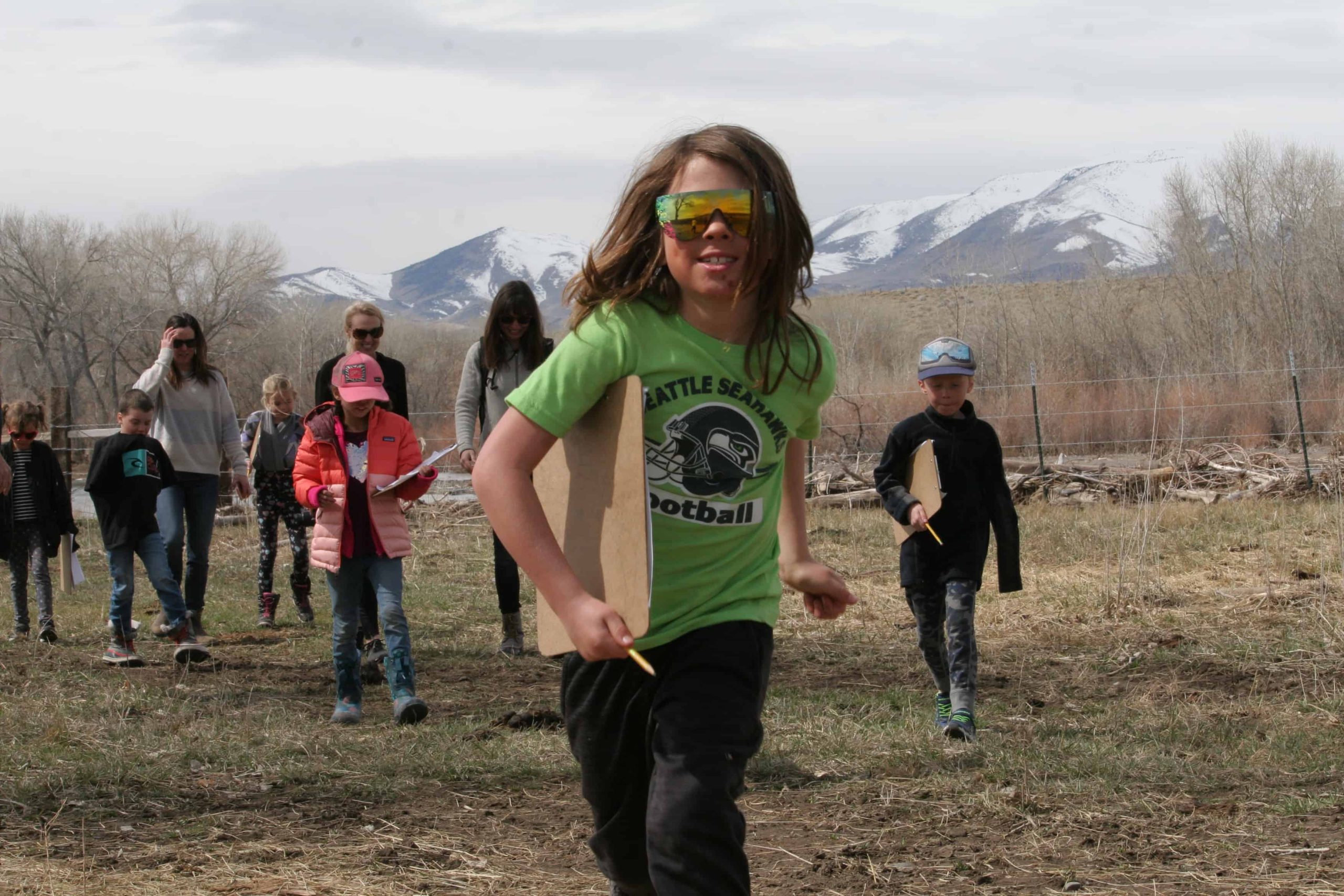The American Education System Desperately Needs Change
Why Schools Need to Change the Current Curriculum to Be More “Hands On”
By Sebastian Law, Class of 2024
The world is constantly changing, but the American education system isn’t. Our outdated education system was originated in the 1800s and it desperately needs to match with the time. For almost 200 years until now, children have been taught the same things, reading, writing, math, science, history, and foreign languages, even though the world is vastly different than it was back then. On top of all the basic subjects, students today also need to learn problem-solving, creative thinking, and collaboration. These are the things that we need in our education system today, and a great way to learn these things is through the real-world. This is why students need to get “hands-on” experience and learn things in the real world.
At Tahoe Expedition Academy (TEA), a school in Truckee California, a strong educational value they have is hands-on learning in the world, which they call fieldwork. Cameron Tatara, a student at TEA expressed his feelings about this education strategy. When asked if it has a good effect on his education, he stated, “Yes because instead of just learning through a classroom, you have the option to learn from a wider perspective when working outside of the school.” Cameron brings up a great point in this quote on how working outside brings a wider perspective into learning.
While important, working in a classroom is not as beneficial on its own as it is when partnered with hands-on learning: fieldwork in TEA’s case.

In order to help our students investigate ways in which they can act as global citizens and be stewards of the world, our 6-12th-graders recently attended the Global Climate Strike on the nearby University of Nevada Reno campus.
"When on fieldwork, both hemispheres of the brain are being used. The more parts of the brain that are being used, the more the brain can learn."
This is partly because it gets students out of the classroom, but also, as Lauren Adams, a third-grader at TEA states, “It’s made learning fun.” When students are bored, they tend to become detached from their work, and not care. But when they are having fun, it makes it easier for them to stay on top of their work because their brains are stimulated in other ways than just doing work. According to Samantha Cleaver, an author for Scholastic News, “hands-on activities activate kids’ brains.”
The human brain is very complex, but to explain it simply, it has a left and right hemisphere. The right hemisphere of the brain controls more creative aspects of what humans are doing. The left hemisphere of the brain is more logical and controls things like analytical thought. When on fieldwork, both hemispheres of the brain are being used. The more parts of the brain that are being used, the more the brain can learn. When just listening to a teacher in a classroom, only the left hemisphere of the brain is being stimulated. When learning out in the world, the right brain is being forced to use creative problem solving, so both hemispheres of the brain are being stimulated instead of just one. This is beneficial because both sides of the brain learn at once, which makes learning more efficient.
But for every good thing in the world, there is always at least one bad thing about it. Some students experience pain during and after fieldwork from special conditions, or injuries.
This can affect them when they come back to school. Also, some students have asthma and either don’t go on the trip or have to bring an inhaler, which can be an inconvenience to them if they are hiking and have to stop. Anna Grimbly-Ekman, a senior lecturer at the University of Gothenburg did a study on how pain affects student’s grades. She found that there was a -27 point difference on average for students experiencing pain, such as headaches. This can be the difference between an A and D. The fact that there is a week break after fieldwork lessens the chance that pain will still be relevant by the time school starts again, so of course, this pain from fieldwork is a rare occurrence, but it does happen sometimes.
VIDEO: TEA is Powered by Constructive Adversity
"Of course, classwork is very important, but for a healthy education, there needs to be a variety of learning styles."
Pain is necessary though. Besides some long term effects after the fieldwork, TEA understands that some kids may go through uncomfortable situations during fieldwork, but this helps kids grow because they get pushed to their limits and find breakthroughs in their character. For example, when a kid is made to hike 15 miles in a day, they realize that they are stronger than they thought before. Maybe they never tried, and just assumed they couldn’t do it, but that realization boosts confidence in a kid’s brain. A quote from TEA’s website is “Engaging academics and real-world adventures empower students to reach their full potential by cultivating intellectual growth, character, and confidence.”
Some may think that missing two weeks of school at once is bad for student’s educations, but Cameron Tatara, an eighth-grader disagrees. “It (fieldwork) gives us a break from everyday classes but we still get a different perspective of learning.”
Fieldwork is good for bonding between students. When put in a hard situation, kids tend to make light of it, which makes it easy to identify personalities. Also, when students are forced to trust each other, good friendships can be made. For example, students have to carry group food.
The other kids depend on them to take good care of the food so everyone can eat. Some kids are required to filter the water. If they don’t do it well, everyone could get sick. This carries out in many different forms throughout entire trips. One of the biggest ones is going the right way. Sometimes, the teachers don’t tell which way the kids are supposed to go, so all the kids have to stop, and work together to find the right trail.
Our education desperately needs change and the way to do it is through the real-world. TEA is matching the change of the world. Through fieldwork, they have helped students have a wider perspective of learning. Of course, classwork is very important, but for a healthy education, there needs to be a variety of learning styles. Through fieldwork, TEA has made learning fun for their students. Fieldwork is not only fun, but it is also beneficial for a student’s education. Because it activates both the creative and logical hemispheres of the brain, making learning more efficient. Some students experience pain on fieldwork, but this pain is constructive and can influence friendships, and help kids have breakthroughs, and learn that they are stronger than they thought. Hands-on learning is very important to kids these days, and schools should start to implement it into their schools so kids can learn more efficiently and learn vital skills for the world.
Video: Bears Ears Fieldstudy
A group of our high school students traveled to southern Utah in an effort to better understand the controversy surrounding the Bears Ears National Monument. The students met with various stakeholder groups representing tourism, uranium mining, and Native American activism. Check out this video that documents the experiences they had and the people they met. In the end, the students returned with even more questions in their minds.

